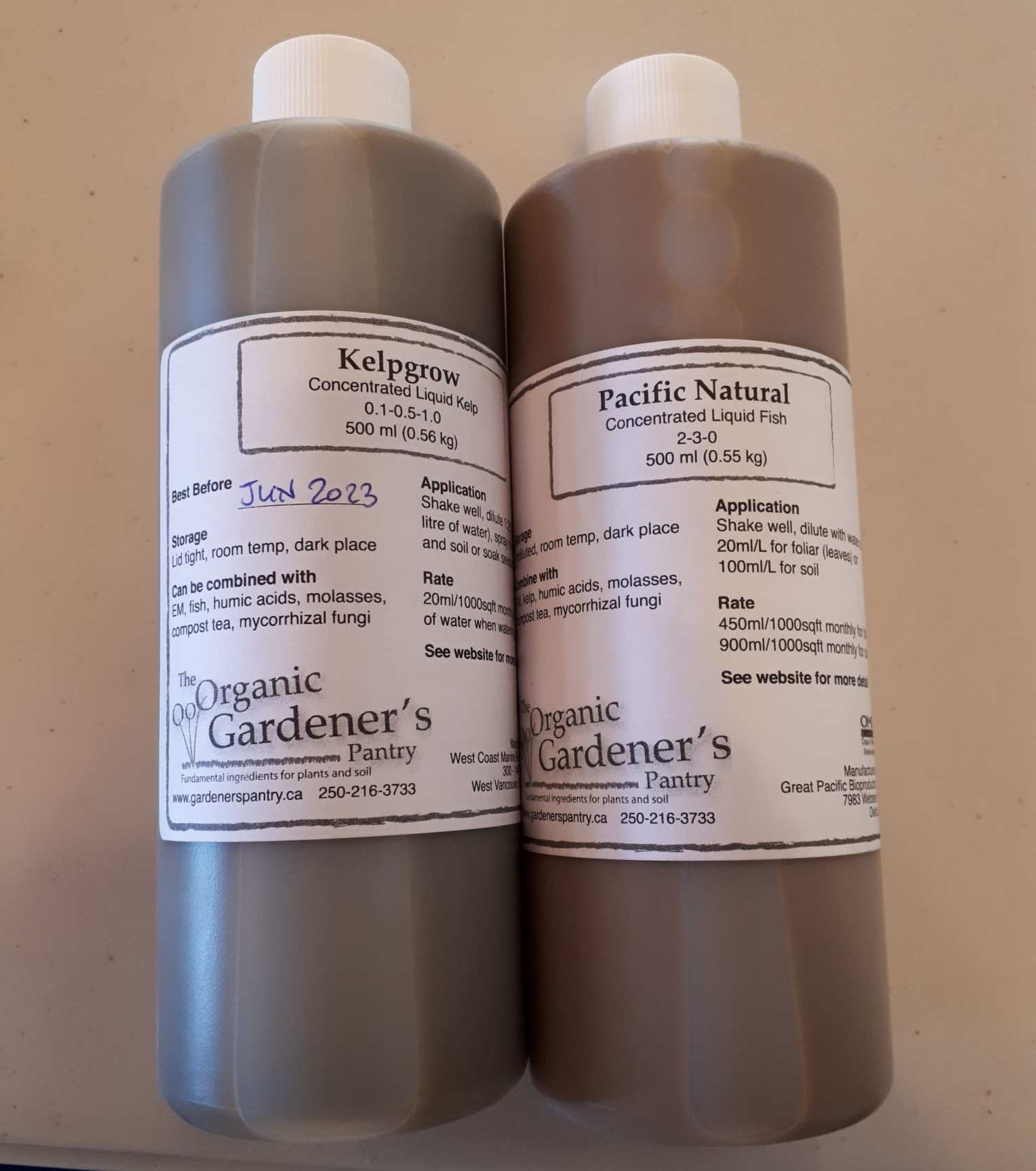Special Topics in Horticulture: Organic Landcare
Organic Landcare
Student Blog Post by Kerry Van Kooy and Irina Kim
Do you have SOUL?
“Working with natural systems to create healthy and resilient urban landscapes” is the mantra of SOUL: The Canadian Society for Organic Urban Land Care.
We were very fortunate to have Christina Nikolic, a passionate land care advocate, share her vast knowledge with us. For many years, Christina has studied and observed the land; she has a keen interest to practice horticulture in a sustainable way. Christina shared some tools with us to exercise organic landcare: ensuring that the needs of the land and Earth are at the center of every landscaping plan.
We learned to think critically about the label “organic". What does it really mean? Christina opened our eyes to the idea that “organic” doesn't necessarily mean produce that has been grown without pesticides, in a holistic way. Organic products can mean any products derived from plants or animals or that are created without any synthetic substances. Christina warned that organic labels can be intentionally misleading. For instance, fertilizers labeled “organic-based” are only legally required to be 15% organic. According to Christina, the word can simply mean “anything that has carbon in it”. Be aware, and ask questions at the grocery store- make sure your produce is actually the “organic” you think it is.
We learned about the Three Steps of creating healthy, resilient landscapes. The first step is the 3 M's: Microorganisms, Mulch, and Moisture. This is the absolute base for the health of all plants and ecosystems. Soil microorganisms are our essential growing partners. We must give them adequate moisture, and preserve the moisture through mulching. Our plants and our land will thank us.
Step Two of organic land care is: apply full spectrum fertilizers to the soil. We have the idea in mind that we are feeding the microbes and the plants together. These full spectrum fertilizers, either plant and animal derived, or mineral (Earth) derived, provide the plants with a wide range of nutrients, in the correct amounts. Examples are glacial rock dust and seaweed. Step Three is: apply nutrient specific fertilizers such as lime and rock phosphate.
Other ways to support the microorganisms are to inoculate the soils with either effective microorganism brews (EM), or actively aerated compost teas (AACT). We got to brew our own batches! For more information on EM and AACT, you can visit Christina at The Organic Gardener's Pantry.
Christina also explained that gardens are miniature reflections of either grasslands or forests. A lawn is small grassland, an orchard is a small forest. The key difference between the two is the predominant microbiology in the soil: high bacterial activity in grasslands and high fungal activity in forests. Therefore, we can customize our compost and compost teas to reflect the area we will apply the compost to. One customization example is to raise the percentage of browns for more fungal activity and greens for more bacterial activity in our compost.
In conventional gardening, we feed the plants and kill any unwanted insects or pests. This leads to a reduction of microbial activity, and the plants increased dependence on the gardener for nutrition. Organic land care prioritizes diversity in the plants and in the soil life. This involves feeding the soil life with the three steps above, so that they can provide nutrients for the plants. This increases soil fertility, water holding capacity, plant health, and environmental health.



